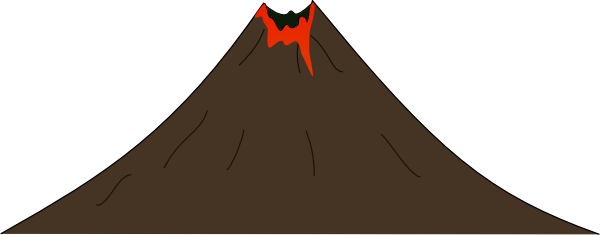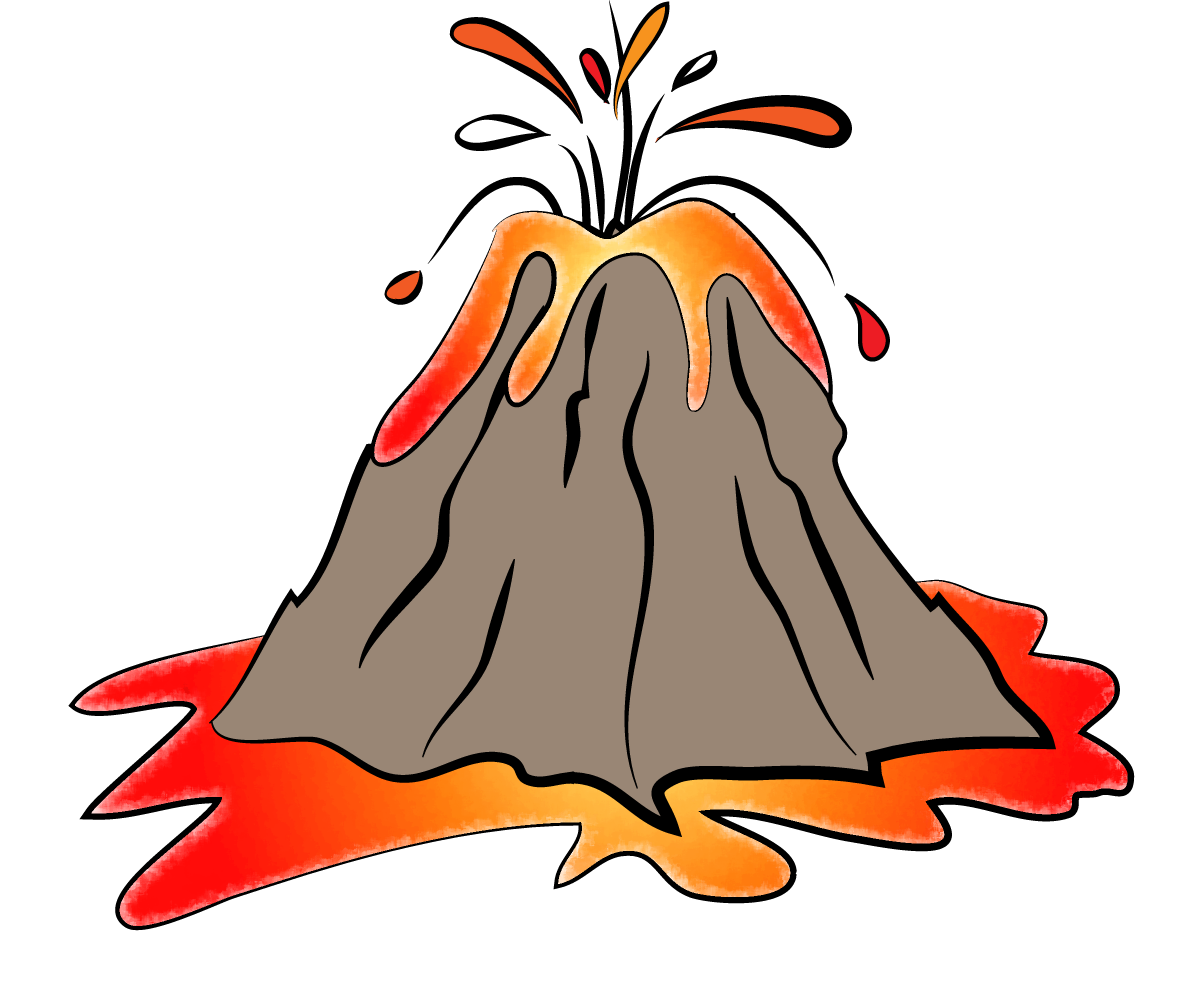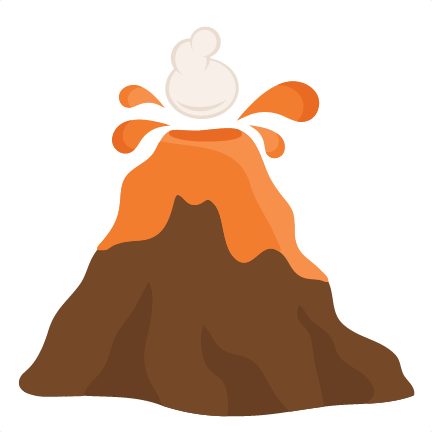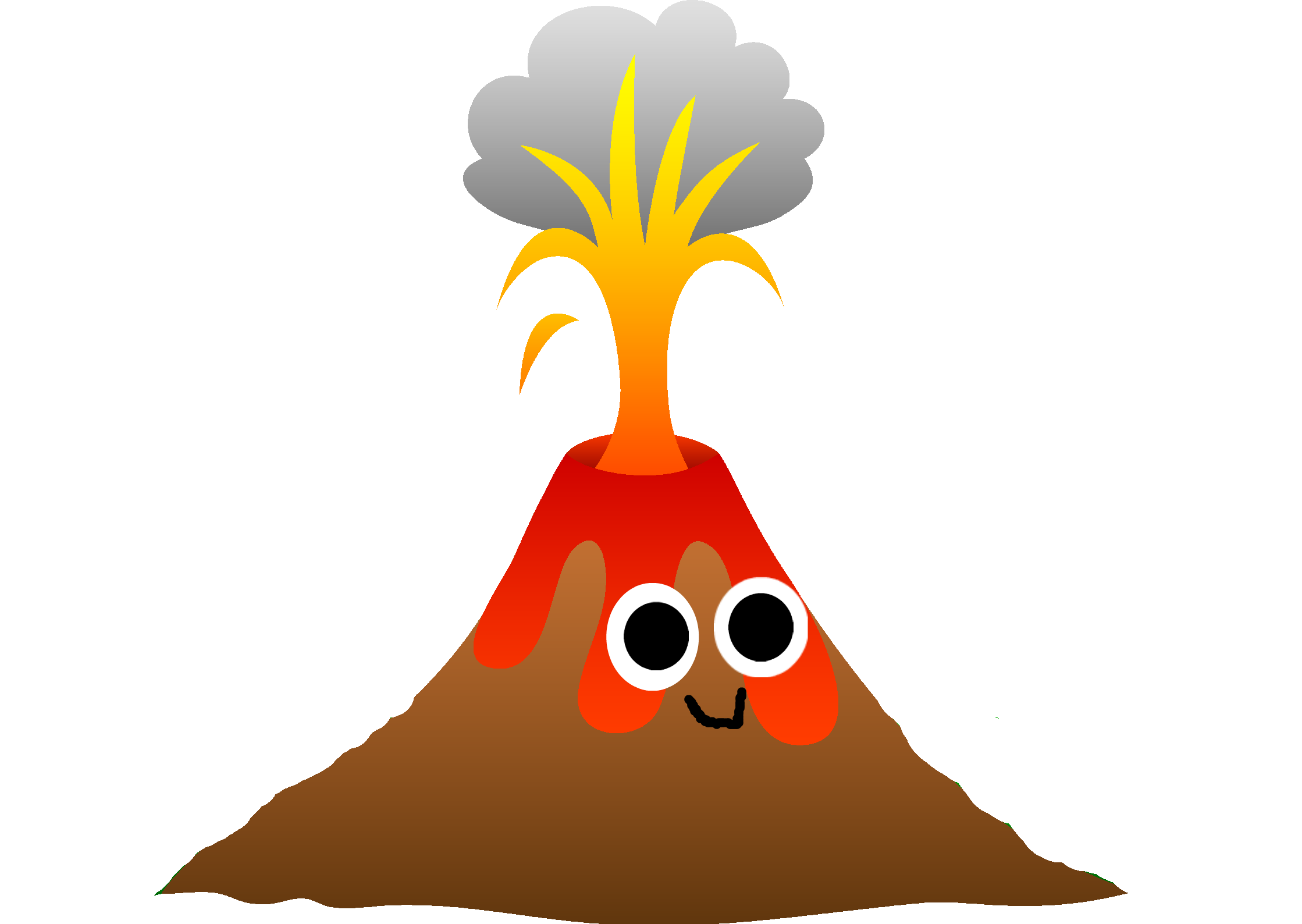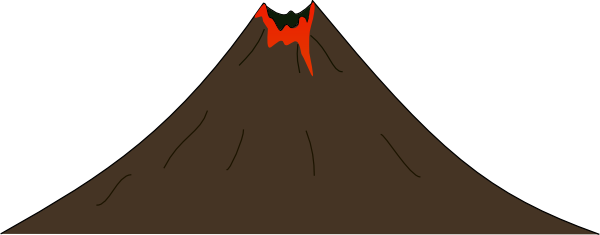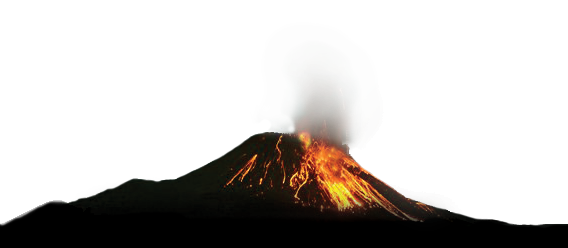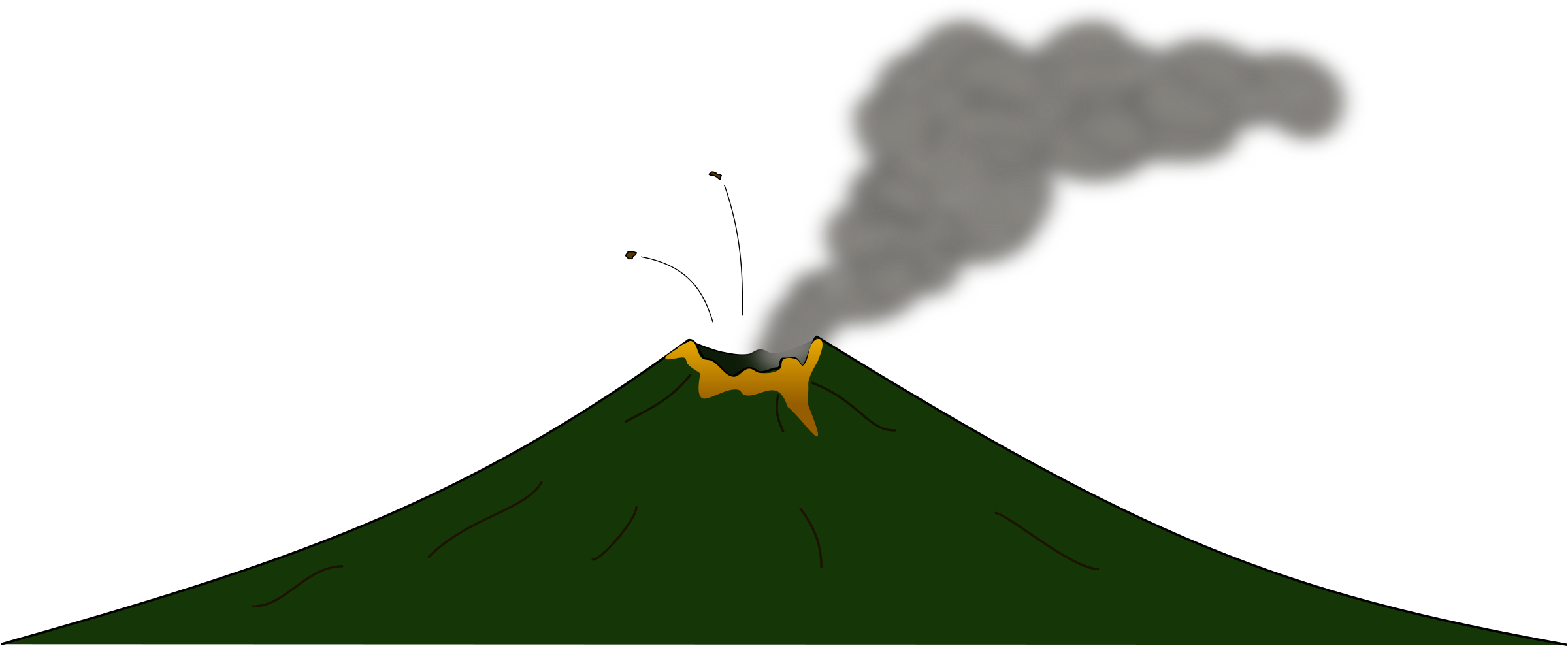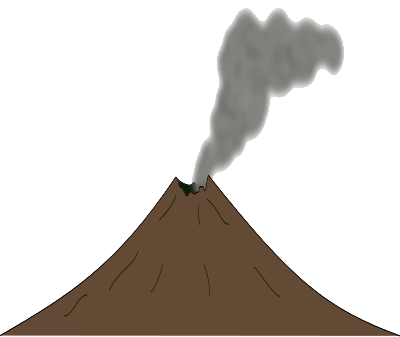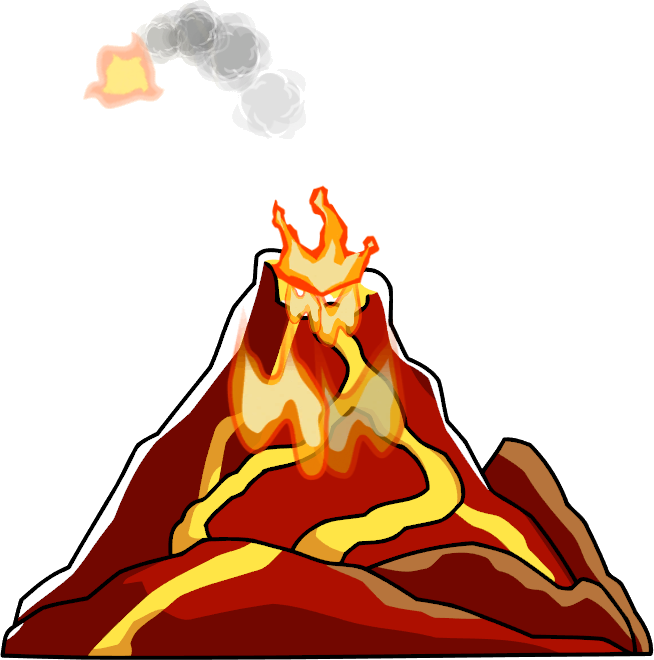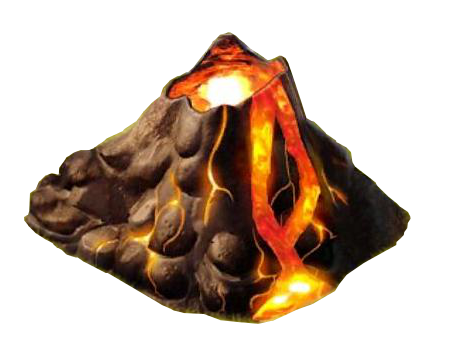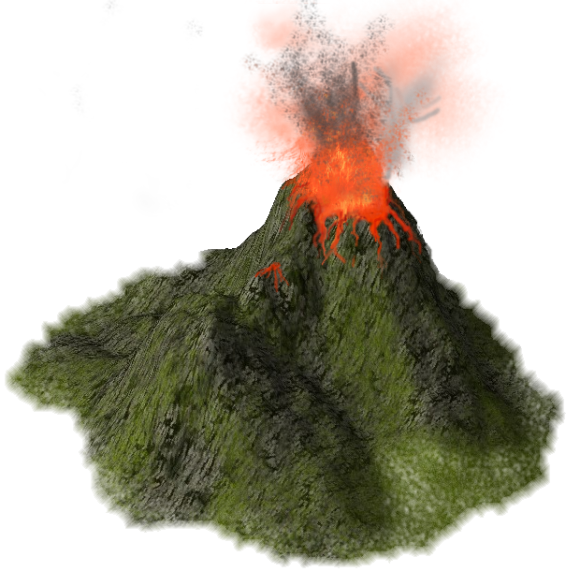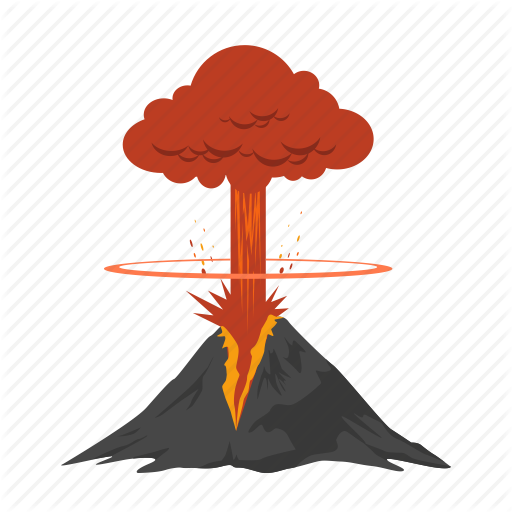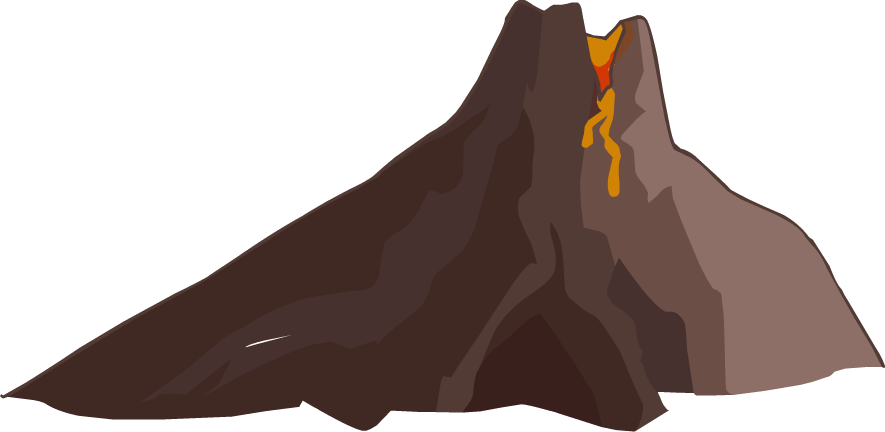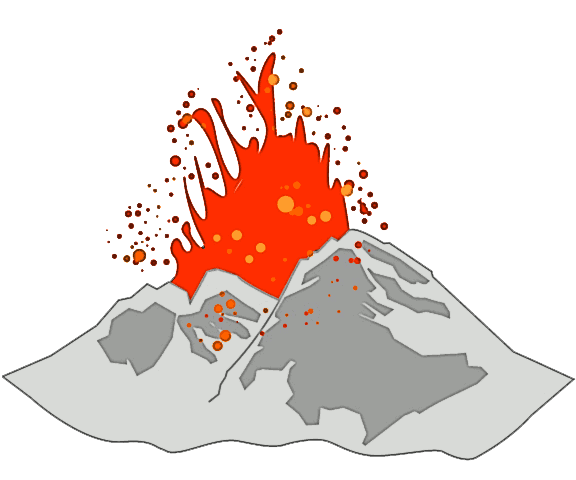Download top and best high-quality free Volcano PNG Transparent Images backgrounds available in various sizes. To view the full PNG size resolution click on any of the below image thumbnail.
License Info: Creative Commons 4.0 BY-NC
Violent and destructive, legendary in history and mythology, volcanoes in action are some of the most powerful forces of nature. They have formed the Earth for billions of years and continue to do so, sometimes with deadly consequences of life and property.
It is great to testify that erupting volcanoes are natural geological structures that provide a conduit to the surface of the Earth for the extrusion of molten rock materials that migrate up from the depths of the Earth’s crust. Volcanoes can occur to land or on the seabed beneath the oceans.
Melting rock or magma to use its proper geological name for a molten rock body at depth exists under pressure deep in the Earth. When the cover rocks provide a channel, probably because of the constantly growing internal adjustments of surrounding rocks, magma can escape to rise in the area of lower pressure until it finally comes to the surface, acquiring a new name: lava. On the other hand, magma which cannot find an outlet, will remain trapped in a sub-surface location.
Magma and lava are similar, but not the same. With the relief from pressure on the rising magma, most of the gaseous component are able to escape, thereby changing its composition. This modified molten rock will appear on the surface and become lava. In some cases, volcanic lava reaches the end of its path upward with a volatile mixture of molten rock, gases and water, expanding and exploding to such a way that molten lava, rock fragments and ash are forced into the air at high altitudes.
Active volcanoes release carbon dioxide and other gases into the atmosphere, including significant amounts of water vapor. Volcanoes are not unusual, and tens of thousands of volcanoes erupt into hundreds of millions of years of the planet’s early existence, water vapor released from volcanoes is the source of many of the original oceans of the Earth and most of it’s atmosphere.
Volcanoes are found throughout the Earth, but many are concentrated on the edges of the continents or under the sea, where they form underwater mountain ranges or long chain islands, as in Hawaii. A large number of active volcanoes surrounds the Pacific Ocean basin and acquired the name “Pacific Ring of Fire”. There is a particular reason for this configuration for thousands of miles, and the explanation for this includes a well-established geological theory known as Plate Tectonics – but it’s too hard to discuss here. This same theory explains the appearance of volcanoes on the ends of the continents.
The shape and structure achieved by volcanoes depend on the composition of erupting lava and the amount of energy and force in their creation, with the main categories being somewhat descriptive: kinetic cones, composite volcanoes, shield shields and lava domes.
Download Volcano PNG images transparent gallery.
- Volcano PNG
Resolution: 600 × 235
Size: 16 KB
Image Format: .png
Download
- Volcano Transparent
Resolution: 432 × 432
Size: 17 KB
Image Format: .png
Download
- Volcano
Resolution: 1203 × 1001
Size: 238 KB
Image Format: .png
Download
- Volcano PNG Image File
Resolution: 432 × 432
Size: 17 KB
Image Format: .png
Download
- Volcano PNG Image
Resolution: 2238 × 1588
Size: 49 KB
Image Format: .png
Download
- Volcano PNG Images
Resolution: 600 × 235
Size: 16 KB
Image Format: .png
Download
- Volcano PNG Pic
Resolution: 568 × 248
Size: 70 KB
Image Format: .png
Download
- Volcano PNG Picture
Resolution: 2400 × 989
Size: 342 KB
Image Format: .png
Download
- Volcano Download PNG
Resolution: 400 × 337
Size: 29 KB
Image Format: .png
Download
- Volcano Free Download PNG
Resolution: 654 × 660
Size: 84 KB
Image Format: .png
Download
- Volcano Free PNG Image
Resolution: 453 × 358
Size: 137 KB
Image Format: .png
Download
- Volcano High Quality PNG
Resolution: 580 × 586
Size: 430 KB
Image Format: .png
Download
- Volcano PNG Clipart
Resolution: 512 × 512
Size: 40 KB
Image Format: .png
Download
- Volcano PNG File
Resolution: 885 × 432
Size: 23 KB
Image Format: .png
Download
- Volcano PNG HD
Resolution: 576 × 480
Size: 31 KB
Image Format: .png
Download
